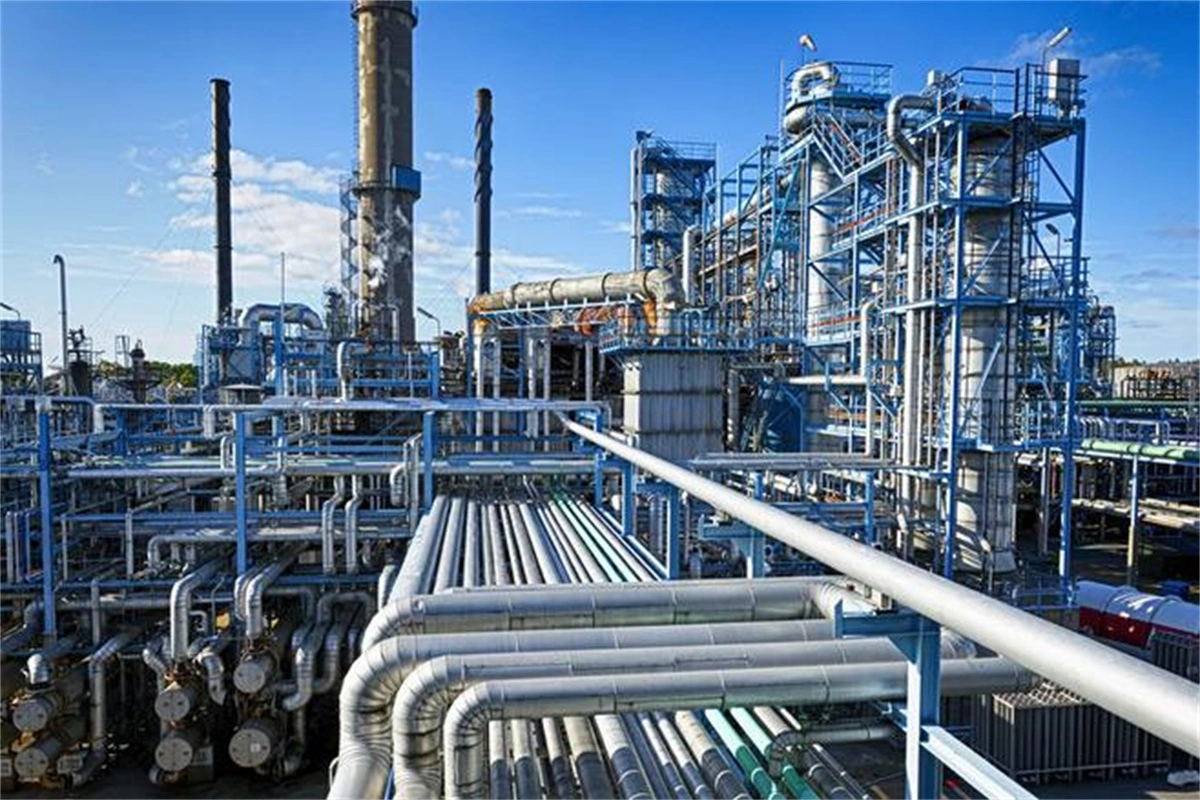Aluminum-titanium stainless steel, aluminum-stainless steel joints are used for the transition connection of the components of large cold refineries to the delivery pipe of liquid nitrogen and liquid oxygen. The application of the metal clad joints not only solve the problem of different metal connection, reduce the weight, but also improves the air tightness and the pressure strength. If you really need aluminum-titanium stainless steel, aluminum-stainless steel clad materials, Gallianz is one of your best suppliers. Tell us your requirements!

Metal clad plates have significant applications in the field of industrial refrigeration. Their unique properties make them ideal for various aspects of cooling systems.
One important application of metal clad plates is in the construction of heat exchangers. These devices transfer heat between two fluids, such as refrigerants and air or water. Metal clad plates offer excellent heat transfer properties and corrosion resistance, ensuring efficient and durable heat exchanger performance.
Metal clad plates are also used in the fabrication of evaporators and condensers. These components play a critical role in refrigeration systems by facilitating the heat exchange process. The clad material provides resistance to corrosion from the refrigerant and enhances the overall durability of the equipment.
Additionally, metal clad plates find application in the manufacturing of storage and pressure vessels used in industrial refrigeration. These vessels store refrigerants at high pressures and must withstand the extreme conditions of refrigeration processes. Metal clad plates offer the necessary strength, corrosion resistance, and pressure containment capabilities in these demanding environments.
In summary, metal clad plates play a vital role in industrial refrigeration by providing efficient heat transfer, corrosion resistance, and structural integrity. Their versatility and suitability for various components make them an integral part of reliable and high-performance cooling systems.